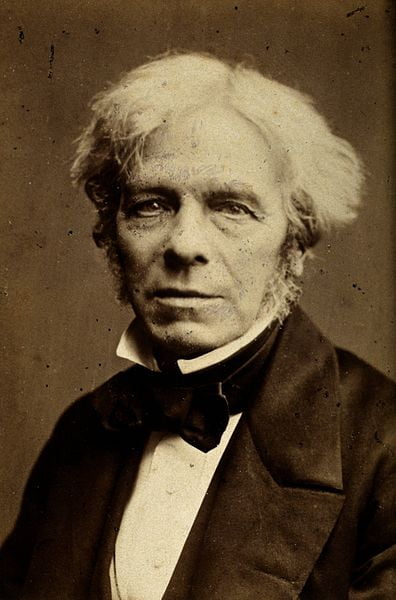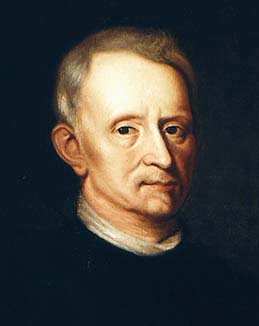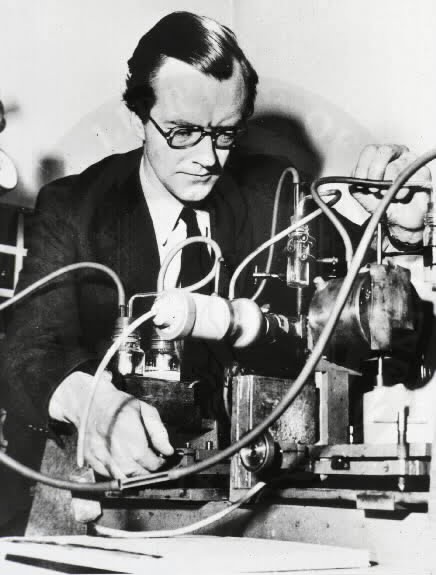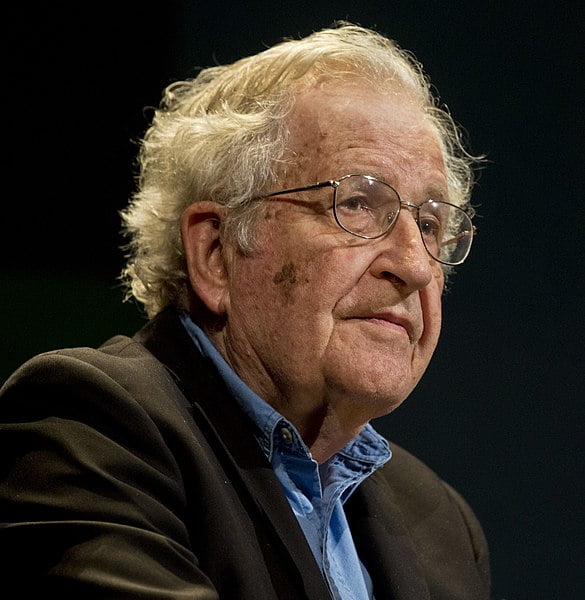| Name | Michael Faraday |
| Born | 22 September 1791, Newington Butts, Surrey, England |
| Died | 25 August 1867 (aged 75), Hampton Court, Middlesex, England |
| Known For | – Contributions to electromagnetism and electrochemistry – Discoveries in electromagnetic induction, diamagnetism, and electrolysis |
| Spouse | Sarah Barnard (m. 1821) |
| Awards | Royal Medal (1835, 1846), Copley Medal (1832, 1838), Rumford Medal (1846), Albert Medal (1866) |
| Fields | Physics, Chemistry |
| Institutions | Royal Institution |
| Notable Discoveries | – Principles of electromagnetic induction, diamagnetism, and electrolysis – Inventions of electromagnetic rotary devices – Discovery of benzene and popularization of scientific terminology |
| Legacy | – Influential scientist despite little formal education – Maxwell’s equations based on Faraday’s work – SI unit of capacitance named after him: the farad |






